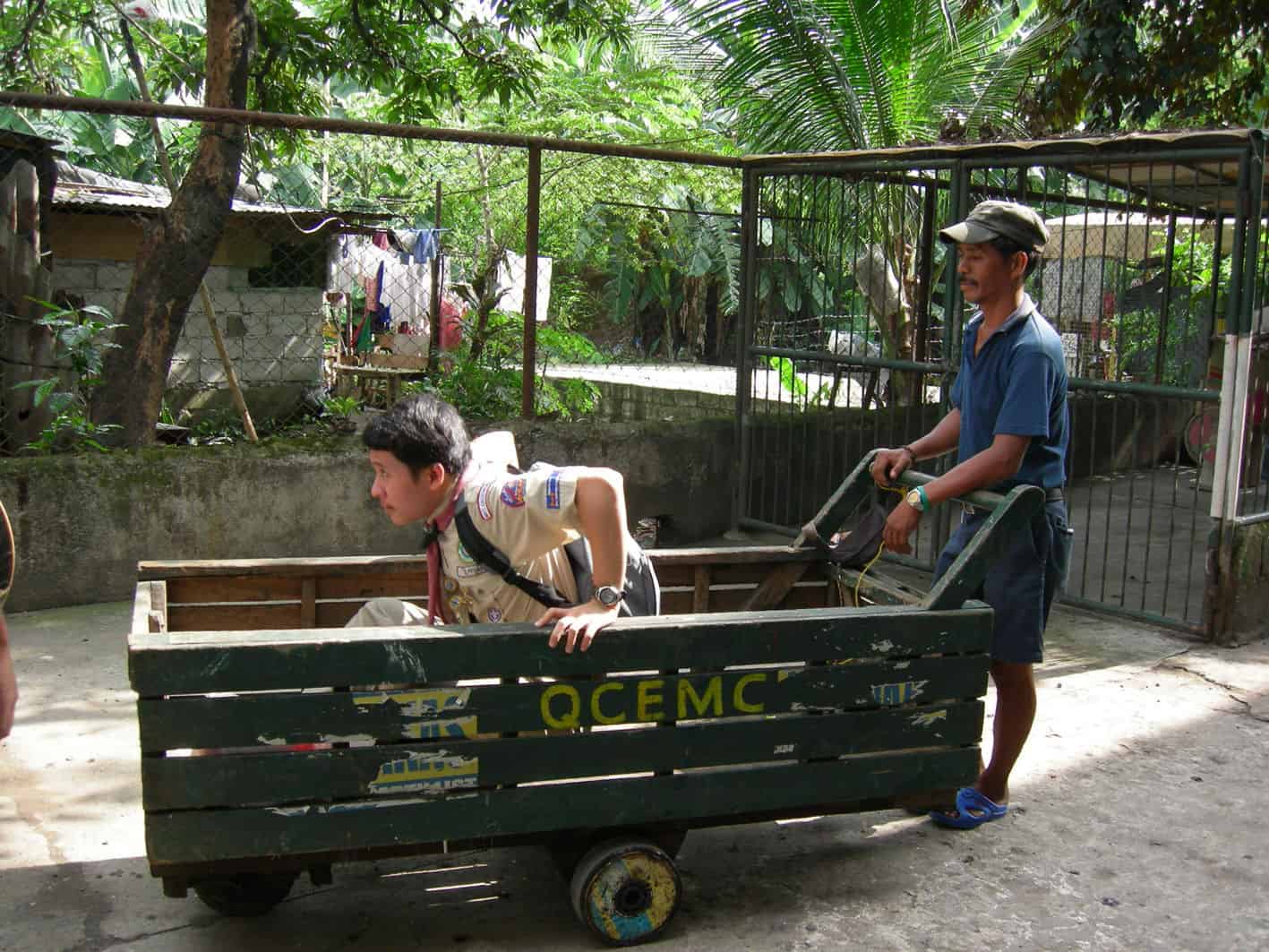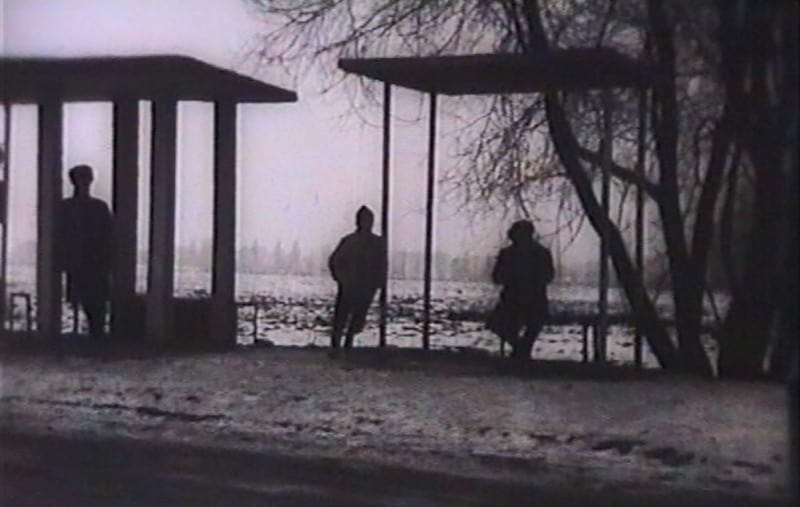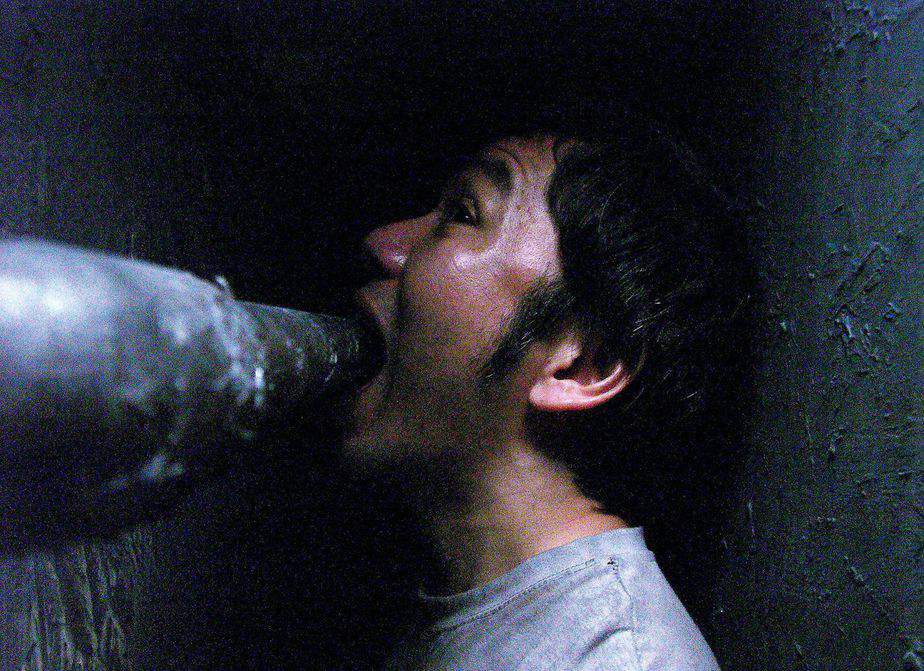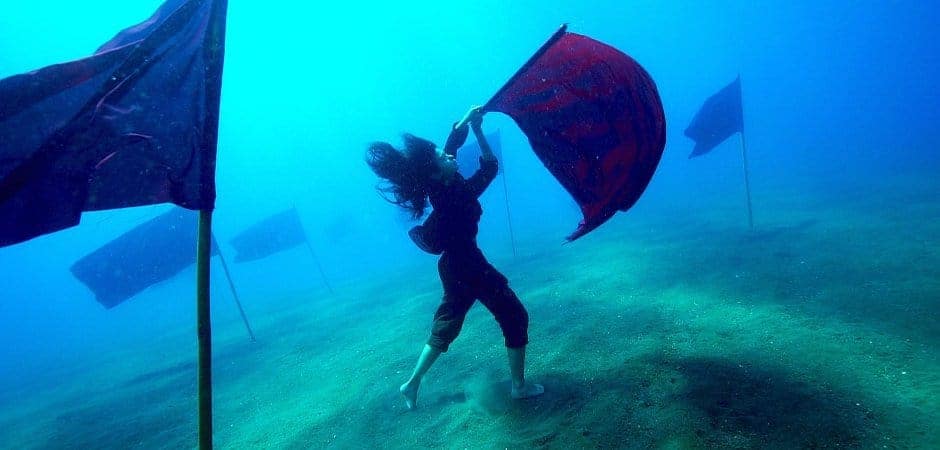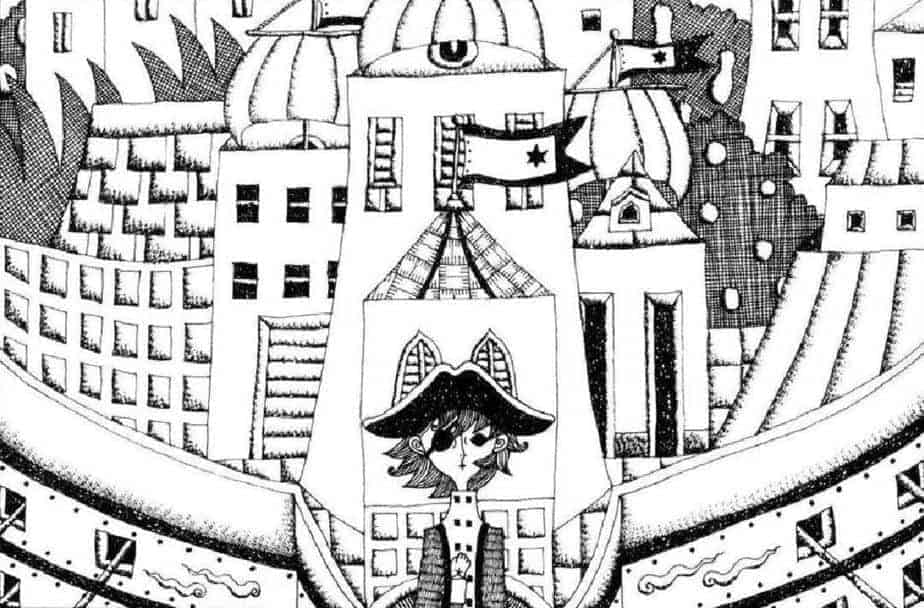Based on the homonymous Filipino comic series written by Budjette Tan and illustrated by Kajo Baldisimo, which was first published in 2005 and has won a number of awards, “Trese” was promoted as an anime-influenced streaming television title, although its aesthetics point more towards an American style. Let us take things from the beginning though.
“When the sun sets in the city of Manila, don't you dare make a wrong turn and end up in that dimly- lit side of the metro, where blood-sucking aswang run the most-wanted kidnapping rings, where gigantic kapre are the kingpins of crime, and magical engkantos slip through the cracks and steal your most precious possessions. When crime takes a turn for the weird, the police call Alexandra Trese.” (Ablaze Comics). This is exactly the world Trese inhabits, a world where creatures from the Filipino folk myths coexist with humans, in a precarious balance that is more and more tilted as the story progresses. The protagonist essentially functions as the main intermediary between the two, trying to keep the creatures in line while exploring crimes that also involve humans on occasion.

The narrative begins with the “villain of the week” approach but eventually it is revealed that something much bigger and more dangerous is going on, as the events of the first episodes become part of a concept that also seems to involve Trese's parents and particularly her father. This approach, which unfolds the bigger picture gradually, through a combination of flashbacks about Trese's past, and many different events that eventually come together, works great for the narrative, retaining the interest for the whole of the series's 8 episodes.
Furthermore, the combination of crime-solving with supernatural elements, although not exactly original, also works quite well for the series, as much as the whole setting of Manila. Through this approach, Oliva also manages to make a number of comments, occasionally through metaphor, about corruption, immigration, crime, and politicians, with the role the Mayor eventually playing making it really hard not to think that it refers to Duterte, although through an excessively humoristic metaphor. The way the past shapes the future, and how the parents' actions affect their kids even after their death, emerges as the main comment here, with the remark, and the overall story, benefiting significantly by the fact that the protagonist is a woman who can appear both sensitive and strict and firm, depending on the occasion.
The action and gore are quite intense here, with the animation by BASE Entertainment working quite well, both in these scenes and the most calm ones, with the final showdown cementing the prowess in that regard in the best fashion. The drawing on the other hand, is a bit of a mixed bag, since the difference in quality between the various creatures and the humans, with the exception of Trese who is quite detailed, is quite evident. In that fashion, Talagbusao, Santelmo and the Emissary among others, all look great, with the differences in their appearance highlighting their individuality. The human characters, however, are less detailed, with their lines showing very little artfulness, and occasionally look too much alike, something that becomes even more apparent when compared with the former.
Apart from this flaw, nevertheless, there is very little not to like in “Trese”, which emerges as a series that is artful, entertaining through the combination of crime and supernatural horror, and contextually intriguing through its many comments.



